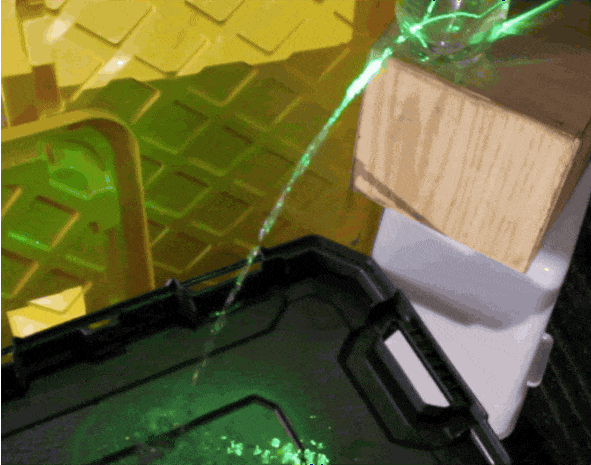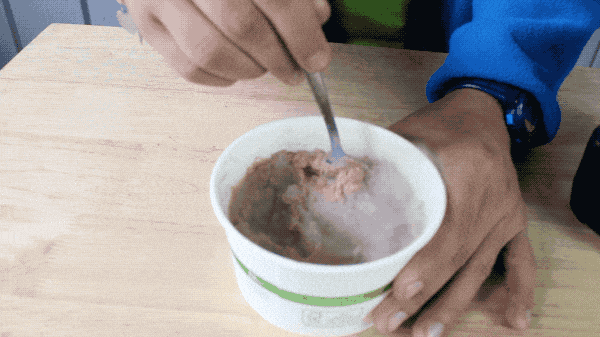
Ever notice how, when you look into rippling water, you see slices of what’s below the surface mixed with broken reflections of the world above? When light hits a boundary between two different 
Light travels fastest in a vacuum. It propagates more slowly (although still incredibly fast) in substances like air and water. The more optically dense a medium is, the slower light travels through it.
Picture a beam of light hitting a boundary from the slower or more optically dense side, e.g. traveling through water towards air. Sometimes, depending on the angle of incidence, the light bounces back completely instead of transitioning into the faster medium. In this situation, the image from underwater never reaches the eyes of an observer above the surface. The information is completely trapped within the slower medium. This is called total internal reflection, and it’s everywhere.
A mirage is an example of total internal reflection in nature. Photo by Brocken Inaglory.
If you’ve ever seen the illusion of a puddle of water on the road on a hot day, you’ve experienced total internal reflection in nature. Hot air near the ground is less optically dense than the cooler air above, so light travels faster through it. Rays of sunlight that approach the ground from a certain range of angles bend up and away as they near the surface of the road, carrying the image of the sky– which looks like water– to your eyes!
Humans take advantage of total internal reflection, too. Fiber optic cables shuttle electromagnetic information all over the world. Endoscopes use fiber optic technology to provide a non-surgical window into the human body.
The stream of water in this experiment partially traps a laser, making it a not-so-great fiber optic cable. The laser signal isn’t completely transmitted from end to end; some light is lost through the sides as the stream becomes turbulent. Escaping light gives the stream a bright green glow.
Try this at home by drilling a hole near the bottom of a clear container, filling it with water, and shining a small laser straight through the container and into the exiting stream!
Written By: Caela Barry




